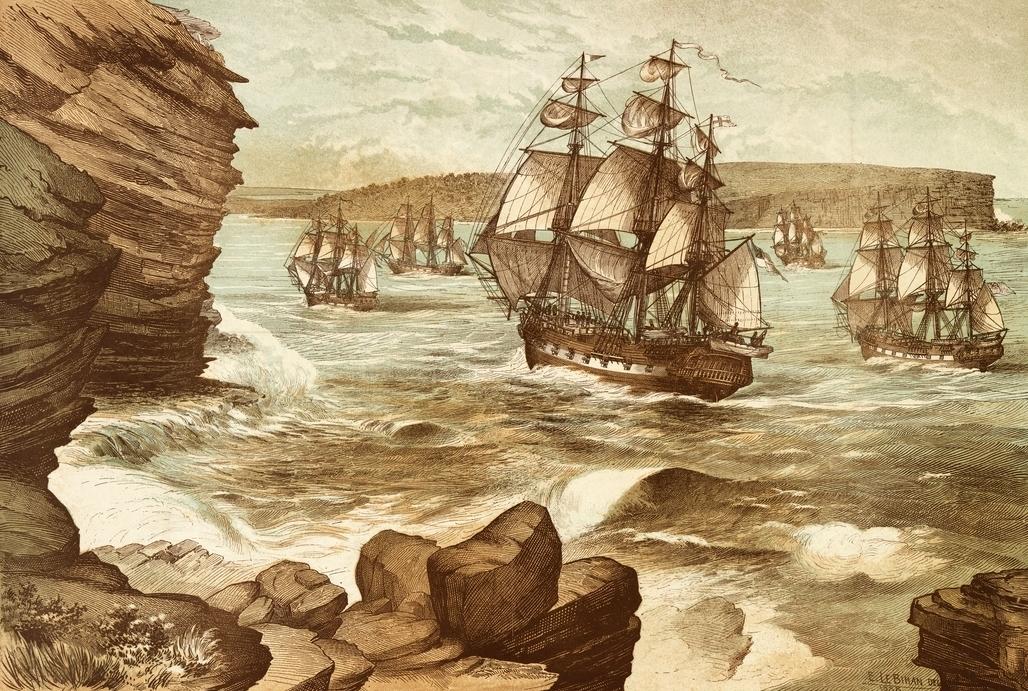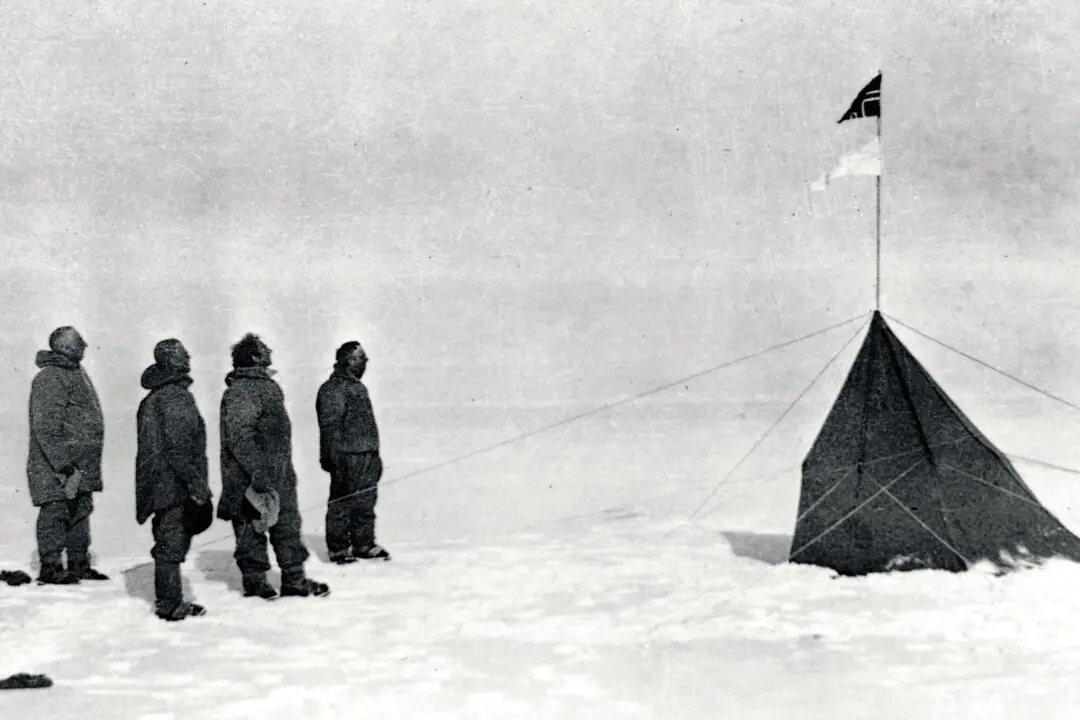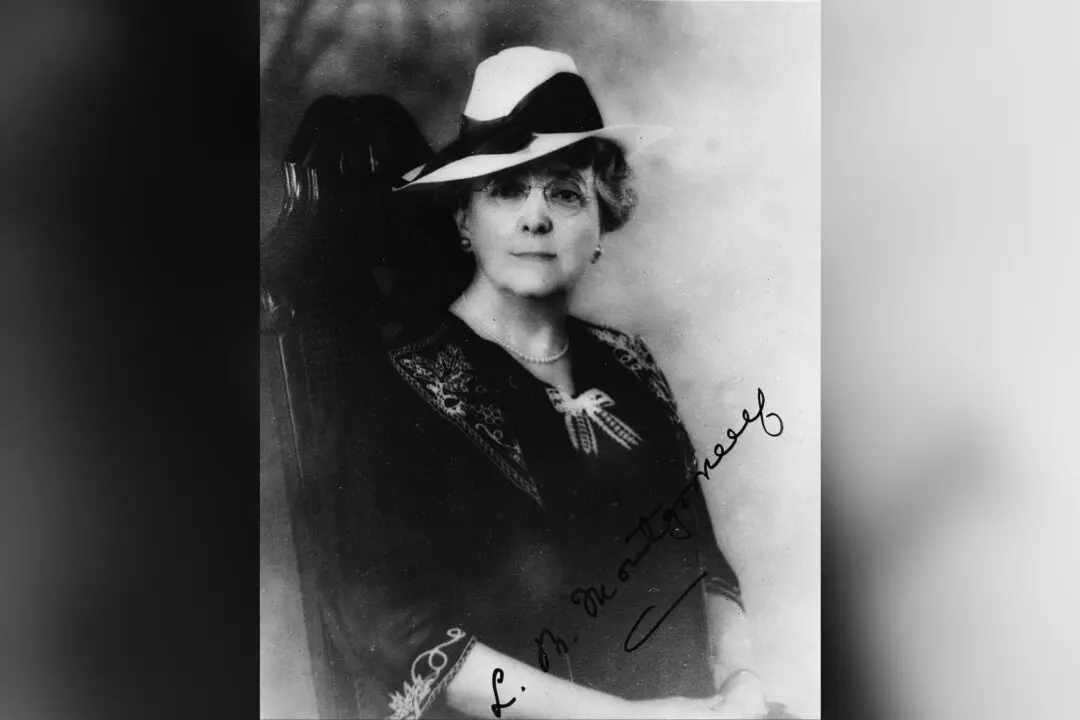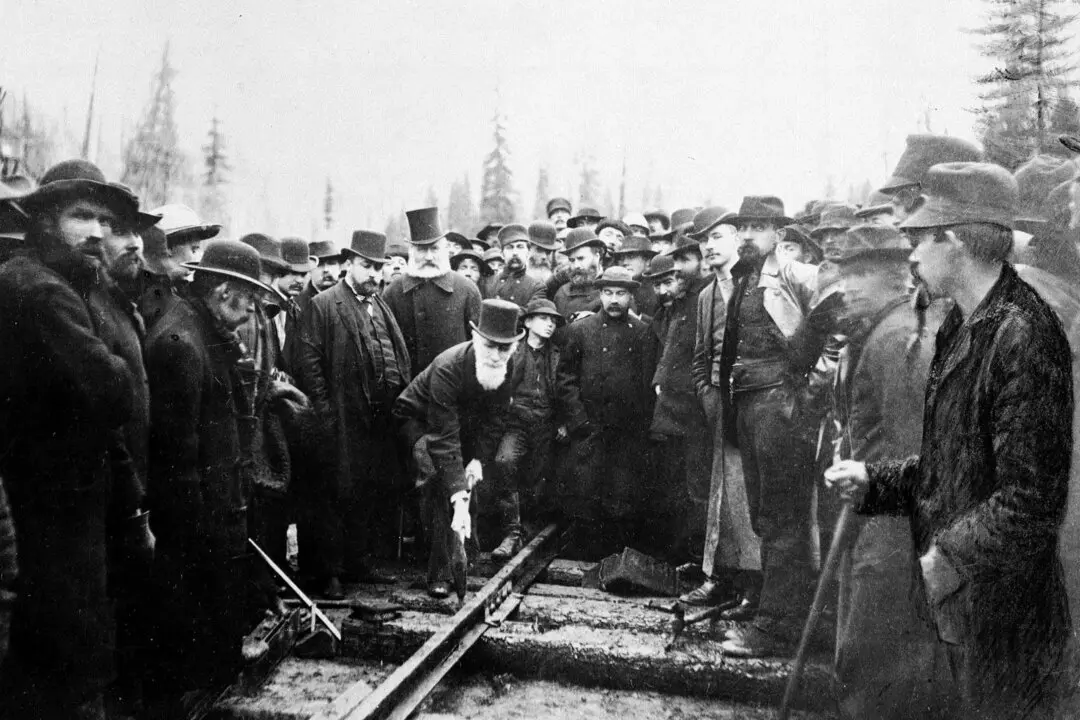Commentary
For centuries, it was common for European countries to exile criminals and political prisoners rather than imprisoning or executing them. This system of “penal transportation” served to solve the problems of both prison overcrowding and the need for labour in distant colonies. Convicts would be sentenced to fixed terms, after which they might regain their freedom, or be in servitude for life.





